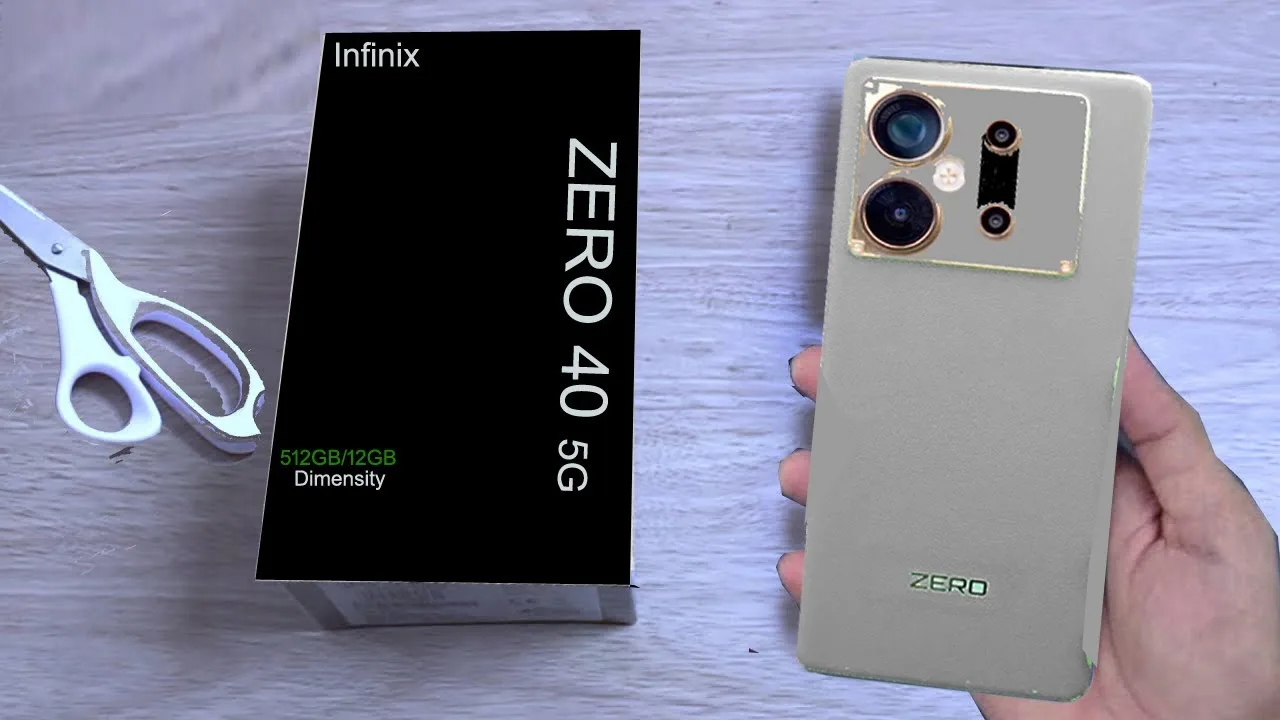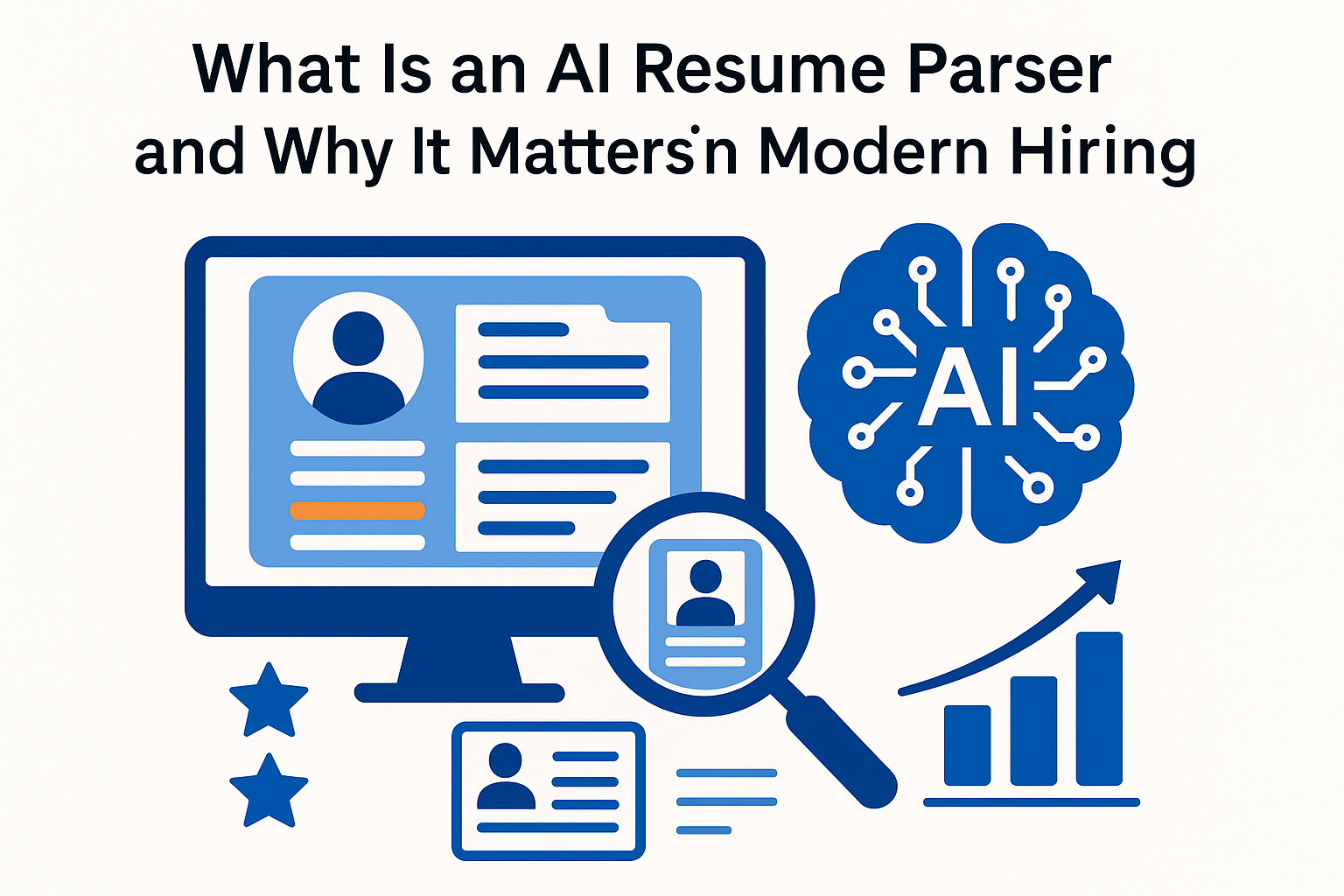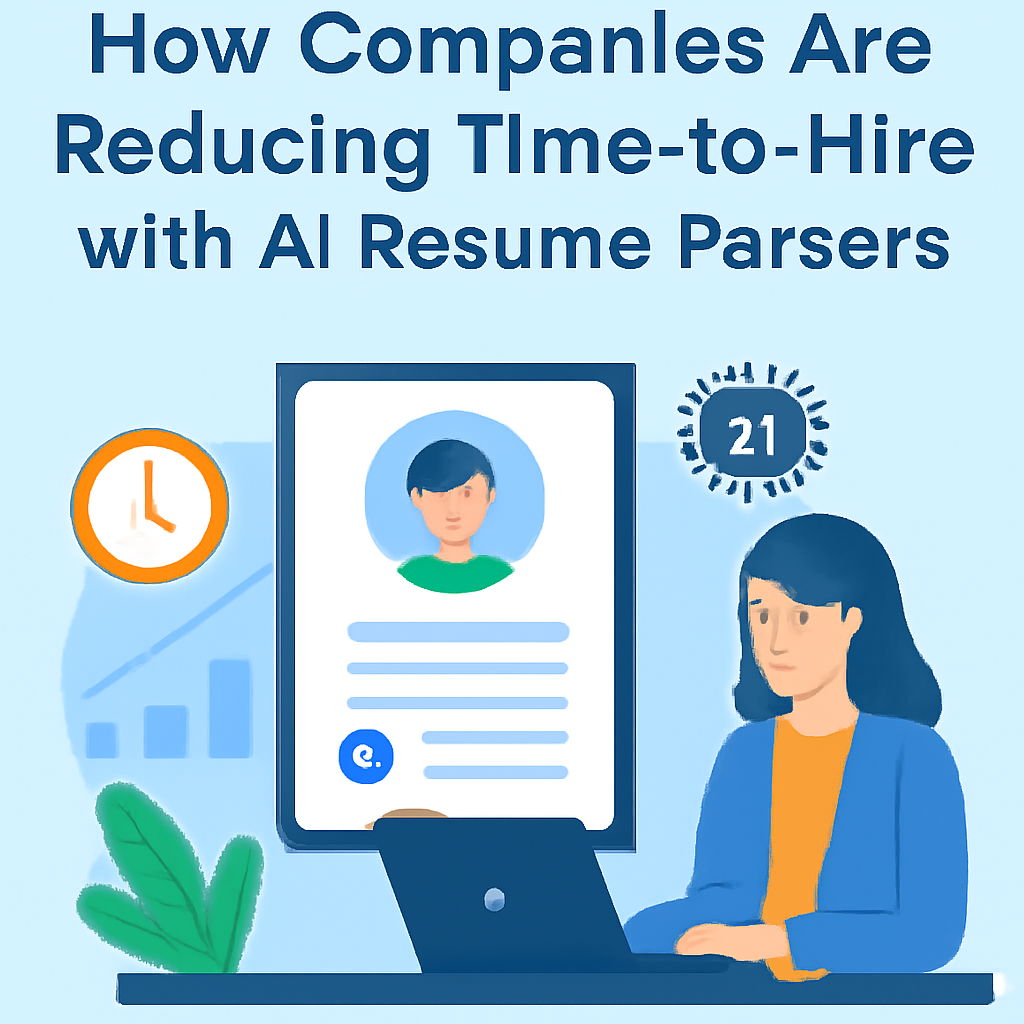It can be thrilling and intimidating to release a product concept. Amidst excitement about innovation, it’s very easy to become caught up in a storm of features, user stories, and lengthy development timeframes. What if there’s a more efficient, smarter way to validate your concept before divesting valuable resources? That’s where having the know-how to construct an MVP (Minimum Viable Product) comes in handy. It enables you to validate assumptions, get user feedback, and release fast—without risking too much.
In this tutorial, we’ll guide you through everything you need to know about creating a minimum viable product. We’ll segment it into steps you can follow, include common pitfalls to avoid, and include real-world examples to add context to the process.
What Is an MVP and Why Is It Important?
An MVP, or Minimum Viable Product, is a first product release with the fewest features that are needed to attract early adopters and validate user feedback for future development. It’s not a mockup or prototype—it’s a real product, just smaller.
Why it’s important:
Speed to Market: Go to market quicker by stripping out non-essential features.
Validated Learning: Learn from actual user input before constructing more.
Cost Efficiency: Save time and resources by focusing on core functionality.
Risk Reduction: Avoid wasting months on something users might not want.
Companies like Dropbox, Airbnb, and Spotify all started with MVPs. Their success stories began by testing assumptions with a lean version of their idea before scaling.
Step 1: Identify the Problem You’re Solving
Before we jump into how to build an MVP, you should have a good idea of the problem that you’re trying to solve. Ask yourself:
Who is your user?
Instruction:
What is the pain point that you are solving for?
Why should you solve this problem today?
Create a concise problem statement. For instance: “Busy professionals are unable to access healthy meal prep services that fit their schedule and dietary requirements.” This informs your MVP scope and keeps your vision grounded for actual user needs.
Step 2: Define Your Success Criteria
How will you know if your MVP is successful? Establish measurable goals that mirror actual usage and interest.
Number of sign-ups
User engagement metrics
Retention rate
Conversion rates
Transparent success metrics will enable you to determine the success of your MVP and make knowledgeable decisions in the future.
Step 3: Map the User Journey
In a bid to actually know how to create an MVP, you have to map out the entire journey from the user’s perspective.
Create a simple user journey map:
Discover your product
Sign up or login
Utilize the main feature
Leave feedback or convert
By focusing on this direction, you’ll determine the most essential features that absolutely need to be included in your MVP. Everything else can wait.
Step 4: Prioritize Features (Less Is More)
Once you have some idea of what users require, write down all potential features—and then aggressively pare back. Ask:
Is this feature essential to the core value?
Will it assist with validating the product-market fit?
Can we ship it quickly?
Use matrices like MoSCoW (Must have, Should have, Could have, Won’t have) wherever possible. The majority of MVPs need only 1–2 must-haves to release.
Step 5: Choose the Right MVP Type
There are a few options when it comes to deciding how to build an MVP. Not all MVPs are the same, and the right one will be based on your goals, timeline, and budget.
Types of MVPs
Landing Page MVP: Test interest through a page that describes your product and gathers email addresses.
No-Code MVP: Build with no-code solutions such as Webflow or Bubble without writing any code.
Wizard of Oz MVP: Mimic automated functionality by hand in the background.
Concierge MVP: Guide customers through your service manually rather than automating it.
All these methods allow you to test demand with little time spent on development.
Step 6: Build the MVP (Finally!)
Now that you’ve stripped the product down to its essentials, it’s time to build.
Tips for building:
Use lightweight tech stacks (Node.js, Firebase, or no-code tools)
Focus on UX even in a basic version
Test for usability—bugs or confusion can kill early adoption
Keep design simple but functional
Remember, building a perfect MVP isn’t the goal—validating your assumptions is.
Step 7: Launch and Collect Feedback
You’ve built your MVP, now what? Time to put it in front of users and gather feedback.
Strategies to gain traction:
Share in startup communities (Reddit, Indie Hackers, Product Hunt)
Reach out to your network and early adopters
Offer incentives for feedback
Use surveys and behavior analytics tools (like Hotjar or Mixpanel)
The goal here isn’t just to get compliments, but to understand how users are interacting with your product and where it can improve.
Step 8: Analyze and Iterate
The true strength of having the capability to produce an MVP lies when it gets deployed. Use the feedback that you gather to:
Refine your product roadmap
Cut dead features
Double down on wins
Determine whether you must pivot, persevere, or pause
It is this cycle of feedback which enables MVPs to become successful, scalable companies.
Common Pitfalls to Avoid
When studying how to produce an MVP, watch out for these common traps:
Overbuilding: Trying to create a perfect product instead of a lean one.
Ignoring feedback: Validation means nothing without action.
Lack of focus: Building features for everyone means building for no one.
Premature scaling: Don’t spend on ads or infrastructure before product-market fit.
Avoid these, and you’ll stay on track toward building a product that users love.
Real-World Example: Dropbox
Dropbox bootstrapped with a low-fi explainer video MVP. They developed a rapid prototype demo video first before developing the platform and product and then distributed it in technology forums. Tens of thousands of users subscribed, indicating traction before coding their first line of code. That’s one of the most storied accounts of building an MVP with lean mindset and creativity.
Final Thoughts
Learning to create an MVP is not shortcutting, it is intelligent building. When you keep your core value proposition at the forefront, you are testing with real users, and you are iterating from feedback, you are constructing the foundation of sustainable success.
Whether you’re a solo startup founder, a member of a startup team, or a product manager at an existing company, doing MVP first makes everything simple, fast, and smart. And in the fast-paced digital age we’re living in now, that’s more valuable than gold.
















Leave a Reply